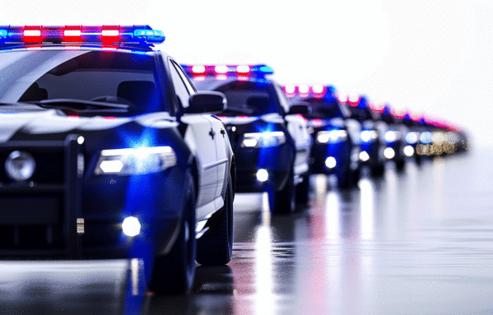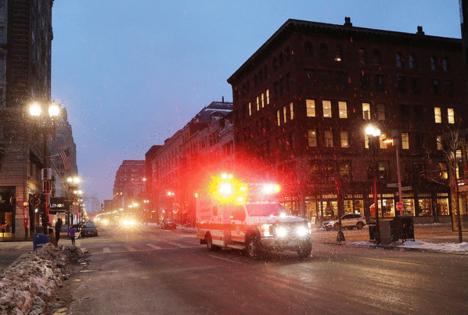When should I yield to emergency vehicles? How close can I follow? What California law says
Published in News & Features
SACRAMENTO, Calif. — Emergencies occur on a daily basis, and it’s important emergency vehicles are able to reach the scene quickly and safely.
When should California drivers yield to emergency vehicles?
How close do ambulances, police cars and fire trucks need to be for you to pull over?
Here’s what our journalists with How To California — a community-driven series to help readers navigate life in the Golden State — found:
When should I pull over for emergency vehicles?
According to the California Department of Motor Vehicles, emergency vehicles have the right of way when their sirens and red lights are on.
“Drive to the right edge of the road and stop until the emergency vehicle(s) have passed,” the DMV website says.
If you find yourself in an intersection when sirens sound and lights flash, the DMV says you should drive through it and safely maneuver to the right side of the road as soon as possible.
Can you get a ticket for failed to yield the right of way?
Failing to yield to an emergency vehicle could lead to a ticket, a $490 fine and one point on your driving record, according to Shouse California Law Group.
How close does the emergency vehicle have to be?
California Vehicle Code 21806 says you are required to yield the right-of-way to an emergency vehicle with its lights flashing and siren activated if it is within 1,000 feet behind you, unless instructed otherwise by a traffic officer.
What about emergency vehicles on the other side of the road?
You should also pull over for an emergency vehicle that’s traveling in the opposite lane of the road, unless there’s a physical barrier or median separating the two directions, the city of San Jose said on its website.
How closely can I follow an emergency vehicle?
California Vehicle Code 21706 says drivers must keep their distance from emergency vehicles when they’re responding to a call.
Drivers cannot be within 300 feet behind an emergency vehicle when its siren and flashing lights are activated.
Police escorts are exempt from this rule, the law says.
Can I get a ticket for driving too closely?
If you are caught following closely behind an emergency vehicle with its siren and flashing lights activated, you could be fined $238 and given a point on your California Department of Motor Vehicles driving record, according to Haffner Law.
____
©2024 The Sacramento Bee. Visit at sacbee.com. Distributed by Tribune Content Agency, LLC.










Comments